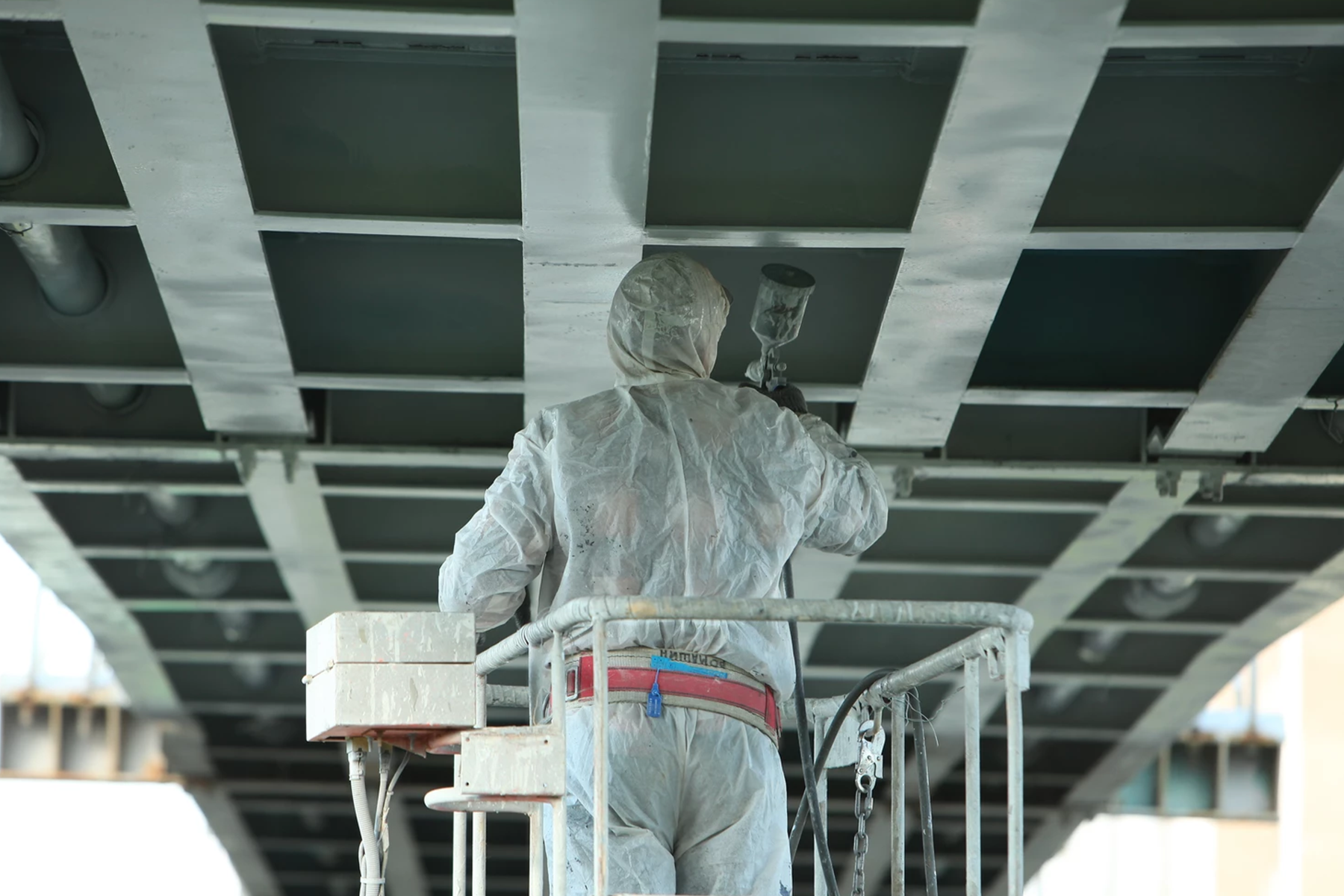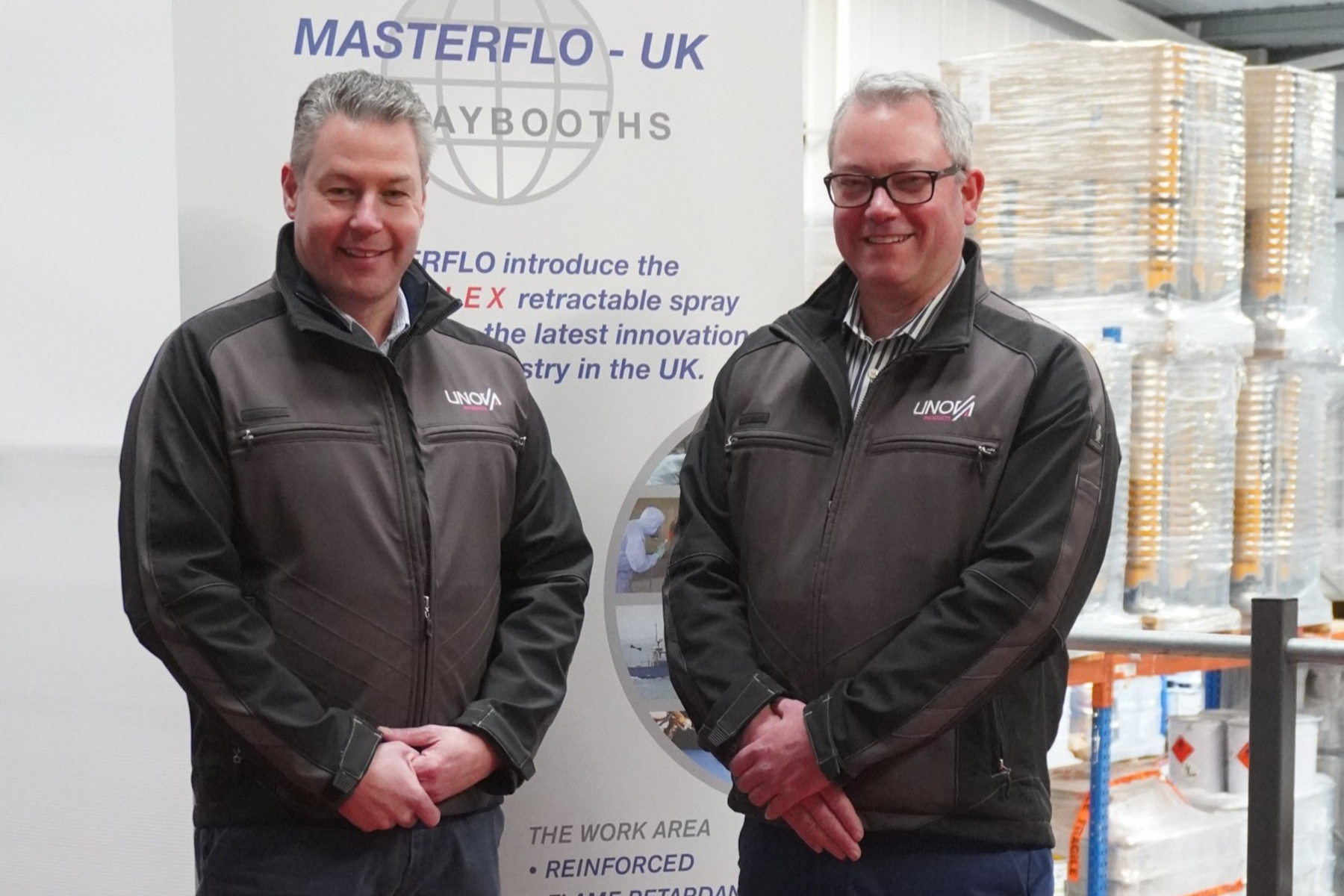As much as many of us would like to see the artistic murals from the likes of Banksy and Bambi treated as odd exceptions, graffiti in general is classed as vandalism and considered a criminal offence in many countries. The UK spends nearly £1 billion every year for graffiti removal from public spaces including monuments, and listed buildings.
As part of a wider graffiti protection plan including deterrent measures and improved lighting in public places, vandal-proof paints are now viewed by many asset owners and specifiers as an important protective measure against property defacement.
Starting from the cheaper single-use coatings to permanent high-spec fluoropolymers, there is a wide range of anti-graffiti paints to choose from.
Choosing the right Anti-Graffiti Paint
Anti-graffiti paints generally fall under two categories – sacrificial and permanent coatings. Both types offer protection by creating a barrier and preventing graffiti from bonding to the surface.
Sacrificial Anti-Graffiti Coatings
Sacrificial, as the name suggests, are easily washable paints that come off with the graffiti. These are generally polymer or wax-based matte finishes that create an invisible coating when applied.
Graffiti scrawled over them can be easily removed by high-powered sprays or a hot jet-wash. They are cheaper than permanent coatings but more expensive to maintain in the long run and are generally preferred for historic and heritage buildings where the appearance of the building cannot be altered.
Permanent Anti-Graffiti Coatings
Permanent anti-graffiti coatings are commonly used for preventative maintenance. They are barrier coatings that typically last 10 years or more.
a) Fluoropolymer Paints for Steel and High-value structures
Fluoropolymer paints with high graffiti-resistance standards are used for bridges, towers, facias, facades, and high-value steel structures. Besides repelling graffiti, these highly durable coatings withstand jet-washing and repeated graffiti-removal better than traditional paints and do not require reapplication every 10-20 years like traditional paints. Once applied, they can last up to 60 years with little or no major maintenance.
b) Clear Coatings for Wood, Masonry and Previously painted structures
Solvent-resistant clear varnishes are ideal as barrier-coats for masonry, internal wood, and previously painted surfaces. These transparent coatings work by preventing graffiti staining and allow easy removal. However, when choosing clear coatings, it is important to opt for coatings that are effective against both solvent and water-borne paints and markers.
Application Tips for Anti-Graffiti Coatings
Here are some coating tips we generally give our customers to get the best results when using our anti-graffiti coatings:
1. Check the moisture levels on surfaces where graffiti has recently been removed
When painting over stone, masonry, or concrete surfaces from where graffiti has been recently removed, remember to ensure the surface is clean and dry and the moisture content less than 4% before commencing application. Use a moisture meter or try the simple plastic sheet test to make sure the moisture content is within acceptable levels.
2. Use an anti-corrosive primer when using fluoropolymer paints
When using fluoropolymer coatings like our Vitreflon FEVE-195, we recommend it to be used over a coat of suitable anti-corrosive primers for best results. The anti-corrosive primers work by offering cathodic protection, creating an extra line of defence when the surface is repeatedly scrubbed or jet-washed for graffiti removal.
3. Start with a mist coat for spray applications
If doing spray application, it is ideal to start with a tack or mist coat before applying the flow coats to avoid bubbles and wait till the water evaporates out of the coating before applying the next layer to achieve build.
4. Opt for synthetic brushes when using clear coats
It is best to steer clear of natural bristle brushes when using clear coats like our SL288, as they can create a cloudy finish due to colour leaching from the bristles.
5. Use two-pack products within their specified pot-life to avoid a grainy finish
Make sure to check the pot-life of two-pack products and ensure it is applied within the specified time after it is catalysed to avoid a grainy finish.
Have more questions about anti-graffiti coatings? Please feel free to leave an enquiry or call us on 01753 584 500.



